On the Line at Coca-Cola — 1964
by Paula Bosse
The photo above shows the sunniest factory floor I’ve ever seen. You don’t think of factories filled with sunlight, but this is what it looked like inside the new Coca-Cola bottling works at Lemmon and Mockingbird in 1964. It’s gone now (as is that UNBELIEVABLY FANTASTIC ANIMATED NEON SIGN that made me look forward to nighttime drives to Love Field). All that remains is the small syrup plant (from 1948?). (…I think it’s a syrup plant. Or a warehouse. Or something syrup-related.)
The new plant opened in June 1964. The building had floor-to-ceiling glass — I’ve read reminiscences of people who remember driving by and seeing the work going on through those huge windows. I don’t know if there was bottling work going on after dark, but here’s a grainy photo from a Dallas Power & Light ad that shows the building at night, lit up like a stage.
 Dallas Power & Light ad (det), June 1964
Dallas Power & Light ad (det), June 1964
Speaking of which, The Dallas Morning News wrote this:
The bottling room, which fronts on Lemmon, has a glass front 254 feet long and 26 feet high to provide a view of the bottling process to the passing public. (DMN, June 9, 1964)
Free show!
The woman featured in an Employers National Life Group Insurance Company ad (below), might be the same woman seen in the photo at the top. Manning her station.
 Employers National Life ad (det), June 1964
Employers National Life ad (det), June 1964
And what was rolling off the automated line? Coke, Sprite, and Tab. And something called Mission (grape and orange drinks). 1,860 bottles a minute (!).
Back to the sign for a second. I haven’t invested a LOT of time in a search (but *kind of* a lot…), but I have been unable to find footage of that truly wonderful, mesmerizing neon Coca-Cola sign. Living in an age of Instagram and YouTube, we just expect to find this sort of thing quickly, without having to set aside large chunks of time to devote to searching. If YOU know where film/video of that sign might be hiding… SPEAK UP!
A couple of shots of the exterior:
***
Sources & Notes
Top photo and last two photos are all by John Rogers and were probably taken around the time the plant began operation in mid-1964; all are from the John Rogers and Georgette de Bruchard Collection, UNT Libraries Special Collections, via the Portal to Texas History, here, here, and here.
A shorter version of this post previously appeared on the Flashback Dallas Patreon page in November 2023.

*
Copyright © 2024 Paula Bosse. All Rights Reserved.





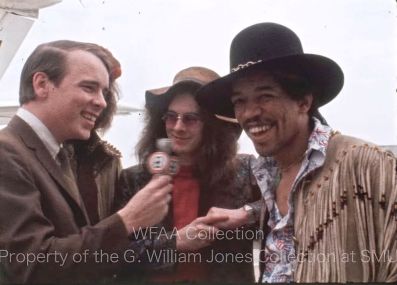

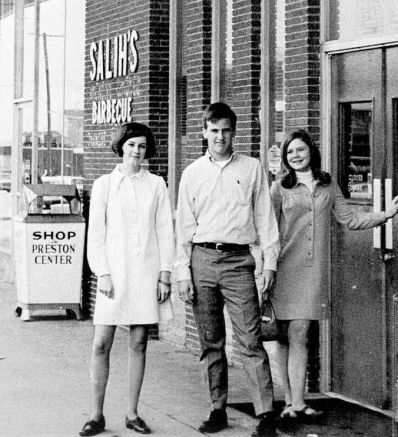
 Aug. 18, 1949
Aug. 18, 1949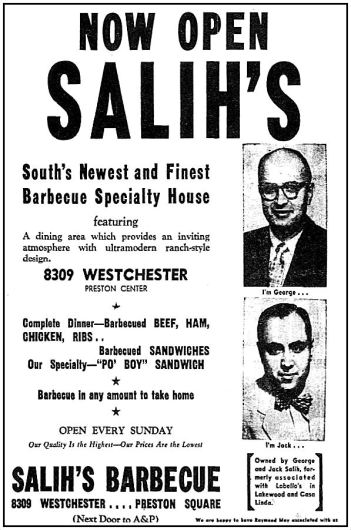
 SMU Daily Campus, 1956
SMU Daily Campus, 1956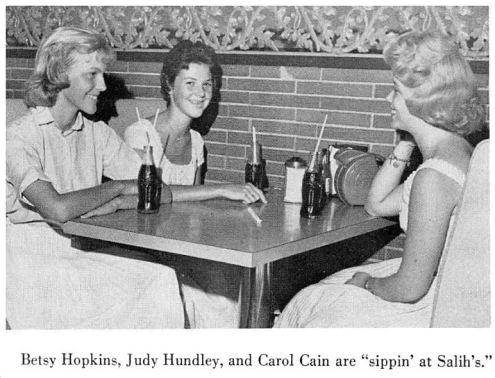 HPHS, 1960
HPHS, 1960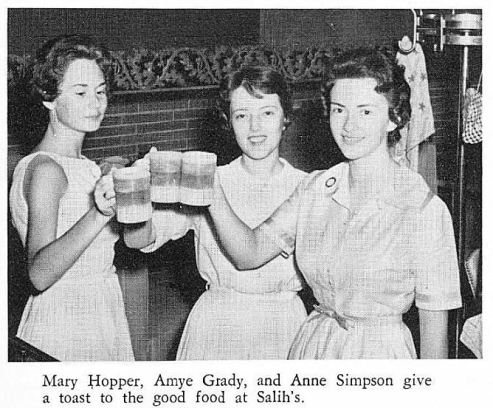 HPHS, 1961
HPHS, 1961 HPHS, 1962
HPHS, 1962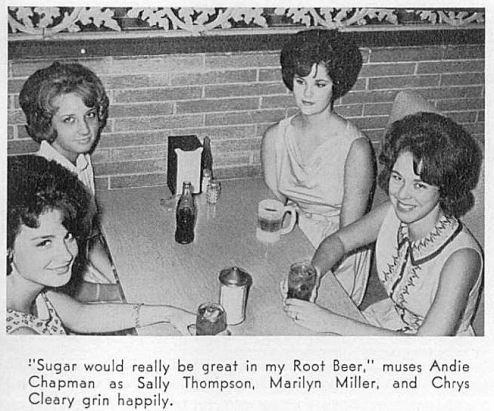 HPHS, 1963
HPHS, 1963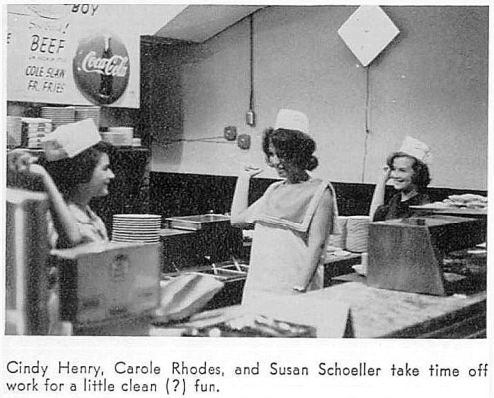 HPHS, 1964
HPHS, 1964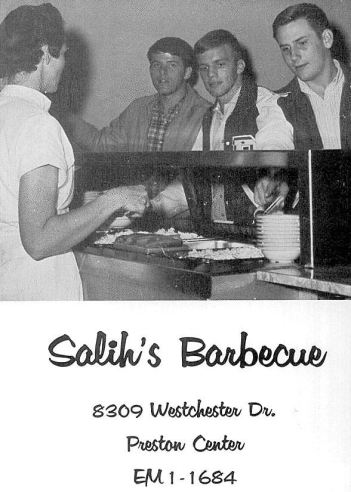 WTW, 1966
WTW, 1966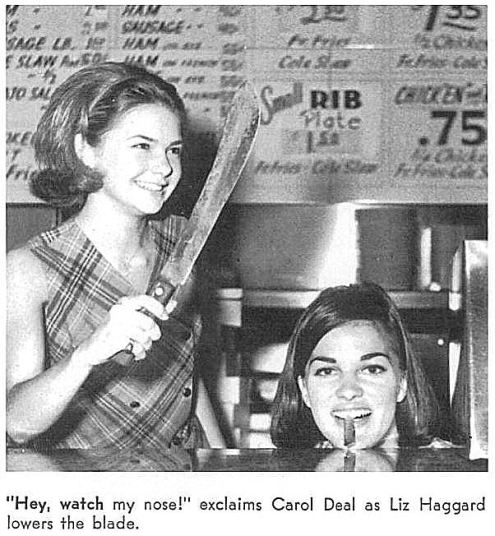 HPHS, 1967
HPHS, 1967 WTW, 1967
WTW, 1967 HPHS, 1968
HPHS, 1968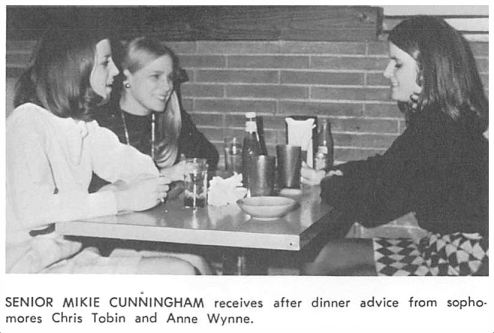 HPHS, 1969
HPHS, 1969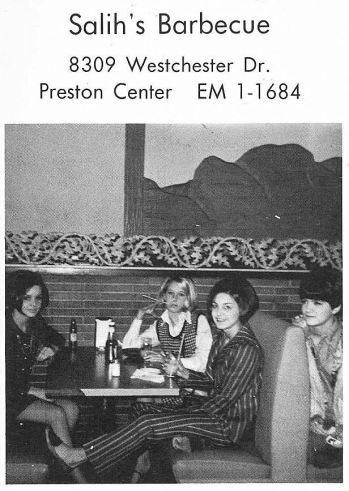 WTW, 1969
WTW, 1969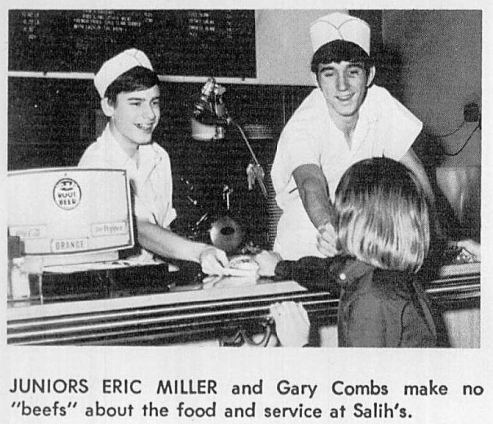 HPHS, 1970
HPHS, 1970 HPHS, 1971
HPHS, 1971 HPHS, 1972
HPHS, 1972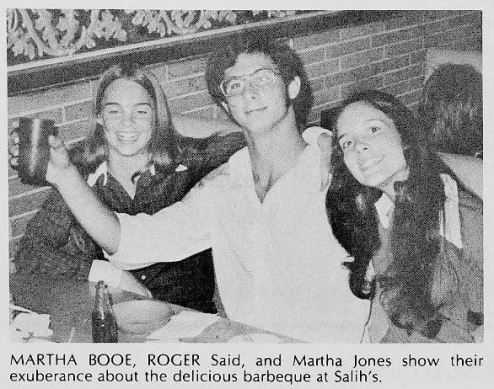 HPHS, 1973
HPHS, 1973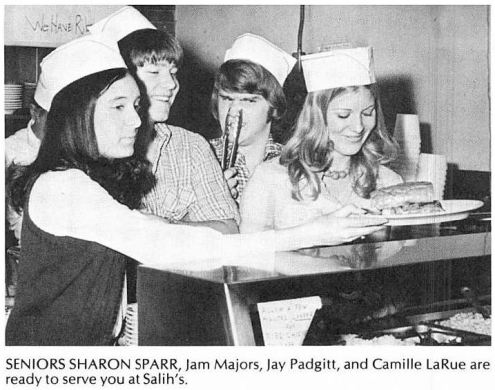 HPHS, 1974
HPHS, 1974 HPHS, 1975
HPHS, 1975 HPHS, 1976
HPHS, 1976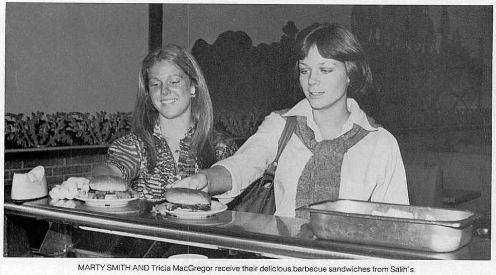 HPHS, 1977
HPHS, 1977


































 An Oak Cliff oasis…
An Oak Cliff oasis…



